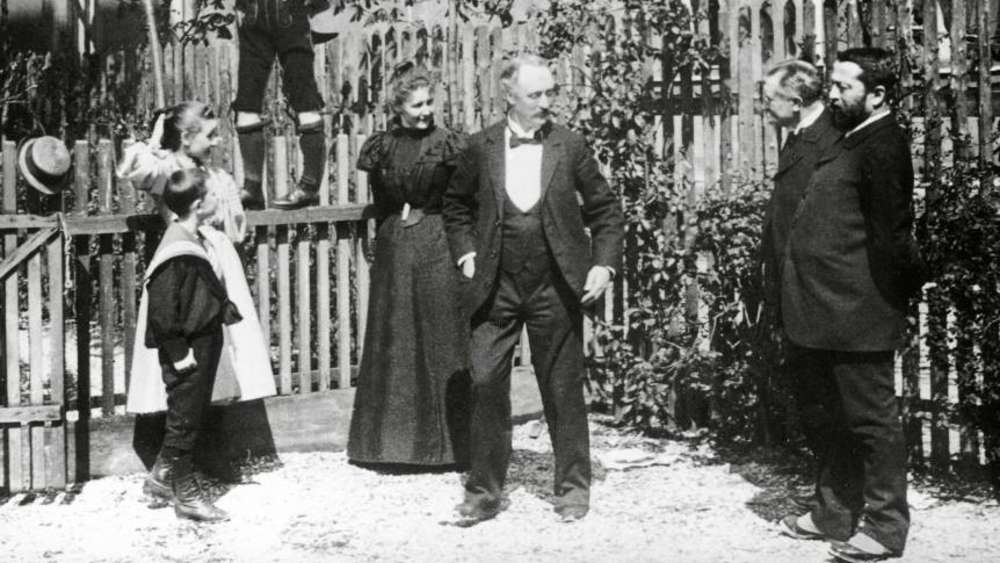Rudolf Christian Karl Diesel was a German inventor and mechanical engineer, famous for the invention of the diesel engine, and for his mysterious death. Diesel was the subject of the 1942 film Diesel. Take a look below for 27 more fun and interesting facts about Rudolf Diesel.
1. Diesel was born in Paris, France in 1858, the second of three children of Elise and Theodor Diesel.
2. His parents were Bavarian immigrants living in Paris.
3. His father, a bookbinder by trade, left his home town of Augsburg, Bavaria, in 1848. He met his wife, a daughter of a Nuremberg merchant, in Paris in 1855, and became a leather goods manufacturer there.
4. Diesel spent his early childhood in France, but at the outbreak of the Franco-Prussian War in 1870, his family was forced to leave, as were many other Germans.
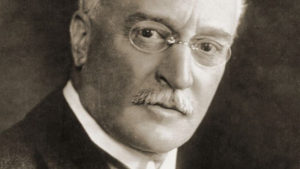
5. Before the Franco-Prussian War ended, Diesel’s mother sent him to Augsburg to live with his aunt and uncle, Barbara and Christoph Barnickel, to become fluent in German and to visit the Royal County Vocational College, where his uncle taught mathematics.
6. At the age of 14, Diesel wrote a letter to his parents saying that he wanted to become an engineer.
7. After finishing his basic education at the top of his class in 1873, he enrolled at the newly founded Industrial School of Augsburg.
8. Two years after enrolling in school, he received a merit scholarship from the Royal Bavarian Polytechnic of Munich, which he accepted against the wishes of his parents, who would rather have seen him start to work.
9. Diesel got sick with typhoid fever and was unable to graduate with his class.
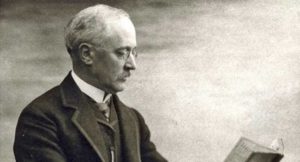
10. After his recovery, he worked at the Sulzer Brothers Machine Works in Winterthur, Switzerland while waiting for the next examination date.
11. In 1880, Diesel graduated with the highest honors from the Royal Bavarian Polytechnic of Munich and moved to Paris.
12. In Paris, Diesel worked with his former professor, Carl Von Linde, on the design and construction of a modern refrigeration plant.
13. In 1890, he moved to Berlin to accept the position of manager of the research department of Linde’s corporation.
14. Diesel began working with steam and researching fuel and thermal efficiency.
15. A near fatal laboratory accident with an exploding engine put him in the hospital for months and left him with vision problems.
16. In 1886, Diesel published a paper titled Theory and Construction of a Rational Heat-engine to Replace the Steam Engine and Combustion Engines Known Today.
17. Diesel received several German and American patents for his new engine design.
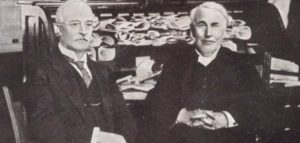
18. On September 29, 1913, Diesel left Antwerp aboard a steam ship for a meeting of the Consolidated Diesel Manufacturing Company in London.
19. He left word that he was to be awakened at 6:15 AM but his stateroom was empty, his bed hadn’t been slept in and he was never seen alive again.
20. Ten days after going missing, a corpse was seen floating in the ocean and it was suspected that Diesel had committed suicide.
21. The diesel engine was developed further and replaced the steam engine in most applications.
22. Since it’s far stronger than the gasoline engine, it’s preferred in applications requiring high torque such as in trains and trucks.
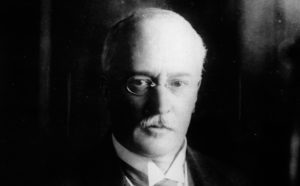
23. The diesel engine has the benefit of running more fuel-efficiently than gasoline engines due to much higher compression ratios and longer duration of combustion, which means that the temperature rises more slowly, allowing more heat to be converted to mechanical work.
24. Diesel was interested in using coal dust or vegetable oil as fuel, and in fact, his engine was run on peanut oil.
25. The primary source of fuel remains what became known as diesel fuel, an oil by-product derived from refinement of petroleum, which is safer to store than gasoline and will not explode.
26. Shortly after Diesel’s disappearance, his wife Martha opened a bag that her husband had given to her just before his voyage, with directions that it shouldn’t be opened until the following week. In it, she found 200,000 German marks in cash, which is about $1.2 million today, and a number of financial statements indicating that their bank accounts were virtually empty.
27. In a diary Diesel brought with him on the ship, for the date September 29, 1913, a cross was drawn, indicating death. However, it’s not known if he chose to end his life or if he was a victim of murder.

